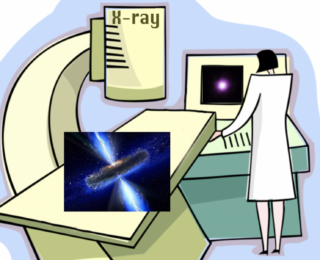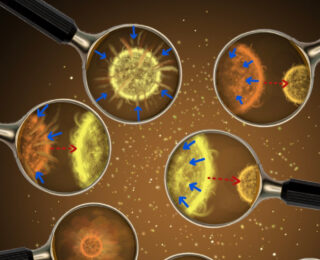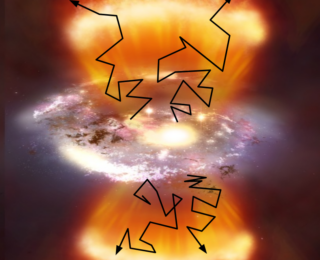
X-raying Quasar Titans in the Distant Universe
Journey to the distant universe with today’s paper, as we discover what the X-ray emission from high-redshift quasars can tell us about their formation and accretion physics!

Journey to the distant universe with today’s paper, as we discover what the X-ray emission from high-redshift quasars can tell us about their formation and accretion physics!

The existence of distant quasars requires the formation of supermassive stars in the very early universe. But is it possible to form supermassive stars so early? Find out in today’s bite!

Astrophysics is a lot like life in that sometimes the journey matters more than the destination. In today’s paper, which looks at the Hydrogen Lyman-α spectral line in a high-redshift protocluster, that’s absolutely the case!

How do supermassive black holes get to be so supermassive? Today’s authors explore how we might be able to answer that question with the SKA pulsar timing array!

Where do quasars come from? Today’s authors report a new observation that helps shed light on this mystery!

As part of our #BlackInAstro series for Black History Month, we interview Dr. Ronald Gamble, a theoretical astrophysicist at NASA Goddard Space Flight Center!